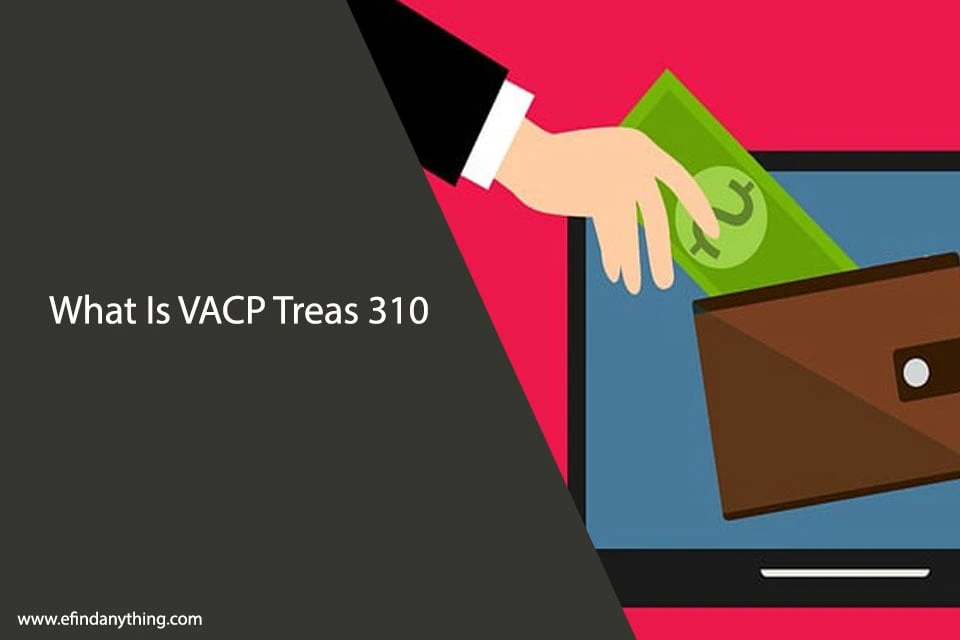
Organizations face an escalating volume of regulatory demands across industries. Compliance management software offers a systematic approach to maneuvering this complexity with precision and efficiency. The consequences of non-compliance—financial penalties, reputational damage, and operational disruptions—present tangible business risks that cannot be dismissed. Modern solutions transform fragmented compliance efforts into cohesive frameworks that adapt to evolving requirements. Yet many executives continue to underestimate the strategic value these platforms deliver beyond mere regulatory adherence.
The Rising Tide of Regulatory Requirements
As organizations navigate increasingly complex business environments, the volume and scope of regulatory requirements have expanded exponentially across industries worldwide. This regulatory proliferation spans multiple jurisdictions, creating significant compliance challenges for multinational entities.
Financial institutions face Basel III, Dodd-Frank, and AML regulations. Healthcare providers contend with HIPAA, GDPR, and country-specific patient privacy laws. Meanwhile, manufacturers must address environmental regulations, product safety standards, and supply chain compliance requirements.
Non-compliance penalties have escalated accordingly, with authorities imposing substantial fines, operational restrictions, and reputational damage that can permanently impair business viability and stakeholder trust.
From Reactive Firefighting to Proactive Risk Management
While organizations historically approached compliance as a series of disconnected responses to regulatory challenges, modern compliance management requires a fundamental paradigm shift.
This evolution moves businesses from reactive firefighting—where issues are addressed only after they emerge—toward proactive risk management. Compliance software enables this change by providing thorough risk assessment frameworks, real-time monitoring capabilities, and predictive analytics that identify potential compliance vulnerabilities before they materialize into regulatory breaches.
The strategic advantage lies in anticipating regulatory changes rather than scrambling to address them retroactively. Organizations implementing these systems report considerably reduced compliance costs, fewer regulatory penalties, and enhanced stakeholder confidence—transforming compliance from a cost center into a strategic business enabler.
Breaking Down Silos: Centralization and Visibility
Traditional compliance frameworks suffer from departmental isolation that creates dangerous information gaps across organizations. Compliance management software eliminates these silos by centralizing regulatory data, documentation, and tasks within a unified platform.
This centralization guarantees decision-makers access real-time compliance status across all operational areas, instantly revealing control weaknesses and regulatory exposures. Cross-functional visibility fosters accountability while standardizing risk assessment methodologies enterprise-wide.
When compliance information flows seamlessly between legal, operations, IT, and finance departments, organizations develop a cohesive risk intelligence framework rather than fragmented departmental interpretations. This integrated approach prevents critical compliance requirements from falling through jurisdictional gaps during organizational changes or regulatory shifts.
Quantifying the ROI of Compliance Technology
Organizations frequently struggle to justify compliance technology investments because tangible returns often remain obscured by traditional cost-center thinking. However, measurable ROI manifests through reduced regulatory penalties, decreased audit costs, and minimized operational disruptions.
Advanced compliance platforms generate quantifiable savings by automating manual processes, cutting labor hours by 30-50%, and reducing documentation errors by up to 75%. Moreover, analytics capabilities provide evidence-based risk prioritization, enabling resource optimization.
The most significant ROI derives from avoiding regulatory fines and reputation damage. Companies leveraging integrated compliance technology report 65% fewer adverse regulatory findings and 40% faster response times during investigations, creating substantial financial protection and competitive advantage.
Future-Proofing Your Compliance Strategy
As regulatory landscapes evolve with unprecedented speed, businesses must adopt forward-thinking compliance strategies that anticipate change rather than merely react to it. Organizations leveraging cloud-based compliance management software gain critical adaptability through automatic regulatory updates and scalable architectures that accommodate evolving requirements.
Advanced systems with machine learning capabilities can identify emerging compliance patterns and predict potential regulatory shifts. This predictive functionality enables proactive resource allocation and strategic planning rather than costly remediation efforts.
Implementing API-driven platforms guarantees integration with future technologies while maintaining audit-ready documentation trails. The most resilient compliance frameworks balance technological automation with human expertise to navigate increasingly complex global regulatory environments.











